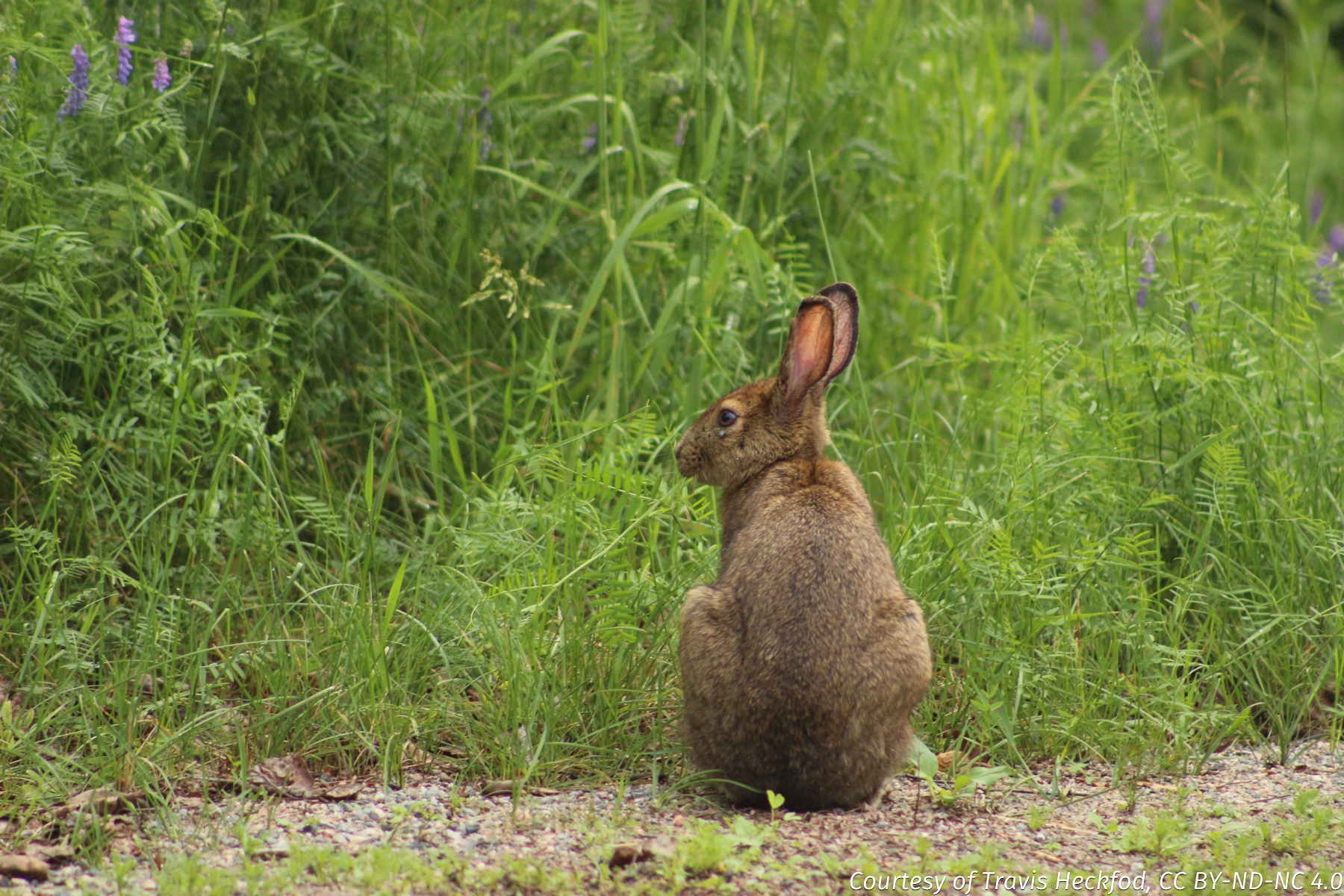Ecology of Individuals
Organisms—plants, animals, and microbes—are the starting point of my research. Through foraging, interacting with other organisms, or spending time in a given place, organisms shape the environment. Likewise, the characteristics of their environment cause organisms to change how they act. Organism-environment interactions are the backbone upon which most of what we know about the ecology of ecosystems is built. Consequently, investigating and describing these interactions are fundamental steps to understand how ecosystems—and our planet—work.
My interest in organism behaviour has led me to investigate what constrains it—from biochemistry to the laws of physics. I am also interested in how we as researchers and scientists describe and study the interactions among organisms and their environment.
Relevant papers
Rizzuto M., Leroux S.J., Vander Wal E., et al. (2021) Forage stoichiometry predicts the home range size of a small terrestrial herbivore. Oecologia 197:327–338. DOI: 10.1007/s00442-021-04965-0
Ellis‐Soto D., Ferraro K.M., Rizzuto M., et al. (2021) A methodological roadmap to quantify animal‐vectored spatial ecosystem subsidies. Journal of Animal Ecology 90:1605–1622. DOI: 10.1111/1365-2656.13538
Rizzuto M., Leroux S.J., Vander Wal E., et al. (2019) Patterns and potential drivers of intraspecific variability in the body C, N, and P composition of a terrestrial consumer, the snowshoe hare (Lepus americanus). Ecology and Evolution 9:14453–14464. DOI: 10.1002/ece3.5880
Rizzuto M., Carbone C., Pawar S. (2018) Foraging constraints reverse the scaling of activity time in carnivores. Nature Ecology & Evolution 2:247–253. DOI: 10.1038/s41559-017-0386-1

